Affiliate links on Android Authority may earn us a commission. Learn more.
The most influential smartphones of all time
December 18, 2014
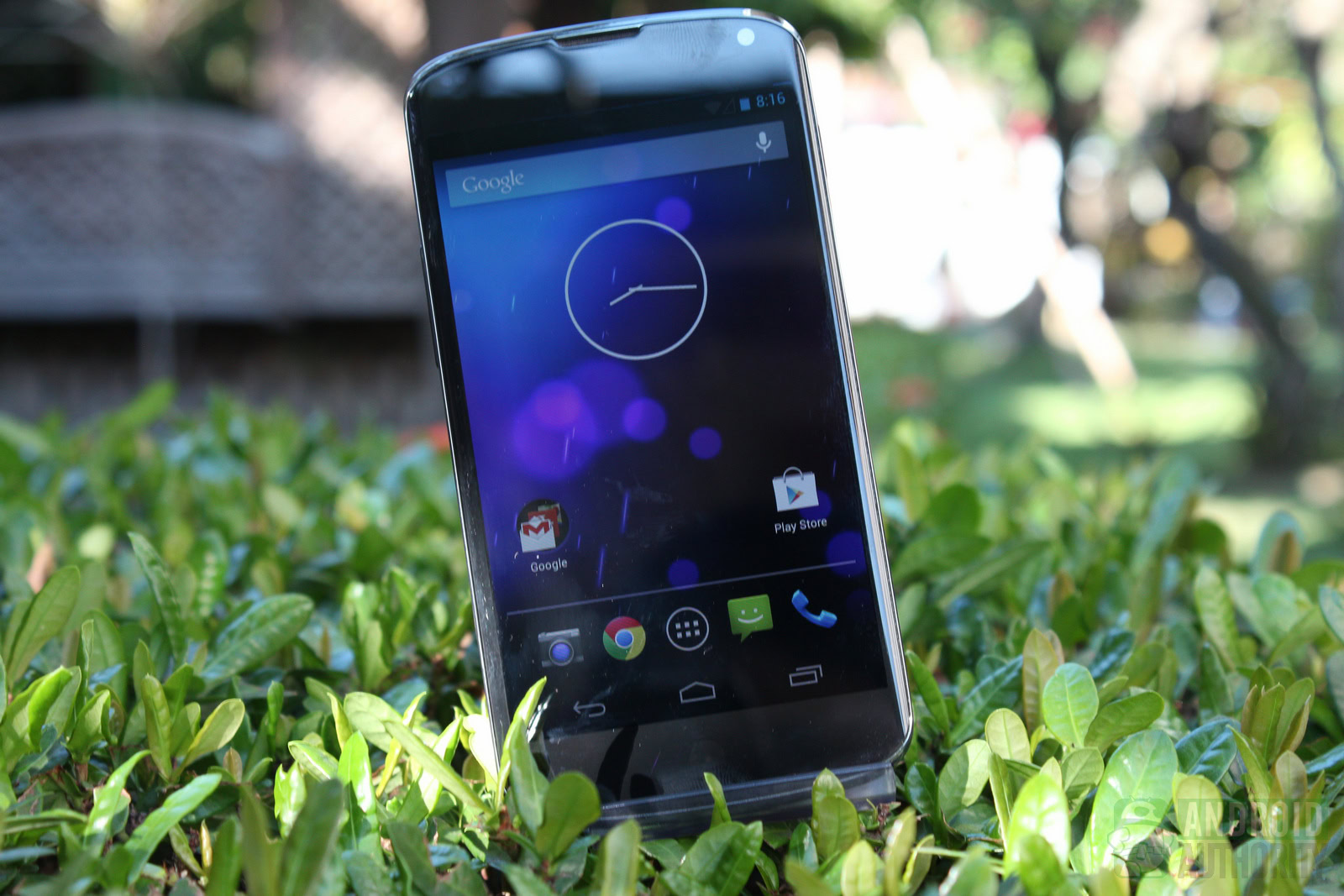
The speed and scale of the smartphone revolution has been nothing short of incredible. The dream of equipping every human on the planet with a direct conduit to our collective knowledge in the shape of the Internet is being realized. It’s a tool for communication, for accessing information, for entertainment, for navigation, and for recording our own lives and experiences to share. The potential for smartphones to enrich lives is unsurpassed.
According to Flurry research from 2012, adoption of the leading smartphone platforms, Android and iOS, has been ten times faster than the PC revolution, two times faster than the Internet boom, and three times faster than social network adoption. By the end of next year there will be more than 2 billion smartphone users. More than half of all Americans and Europeans own a smartphone, and that figure is much higher in countries like South Korea.
What are the devices that shaped this trend? How did we go from the first cell phone to hit the stores in 1984 (the brick-like Motorola DynaTAC) to global annual sales of one billion smartphones? Which phones led the way and exerted most influence on the design, features, and functionality of what was to come? These are the most inluential smartphones of all time.
IBM Simon
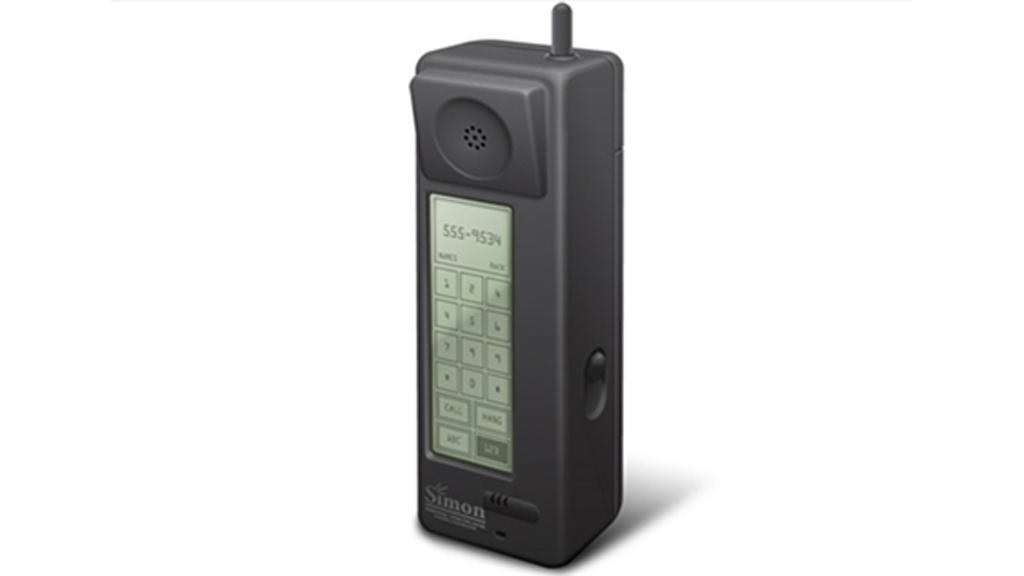
The term smartphone wasn’t used until a few years later, but the IBM Simon is widely recognized as the first. A prototype was shown off in 1992. It combined a cell phone and a PDA. It had a touchscreen. It could make calls, send emails, and (showing its age) faxes and pages. It also had some apps including a calendar, calculator, and a notepad. You could even add third-party apps to it, though only one was ever developed.
It was released in 1994. It was discontinued after being on sale for six months, during which time IBM managed to sell 50,000 units, despite the $1099 off-contract price tag. It had a 16MHz processor, a 4.5-inch monochrome display with a 640 x 200 pixel resolution, 1MB of RAM, and 1MB of storage.The IBM Simon weighed 510g and had its own charging base.
The idea was ahead of its time. The technology to make something like this really popular simply wasn’t there yet. To give it some scale, Microsoft’s Internet Explorer didn’t come out until the following year. What it did do was set out a vision for what a smartphone could be. The team that worked on it clearly saw the potential.
AT&T EO 440 Personal Communicator
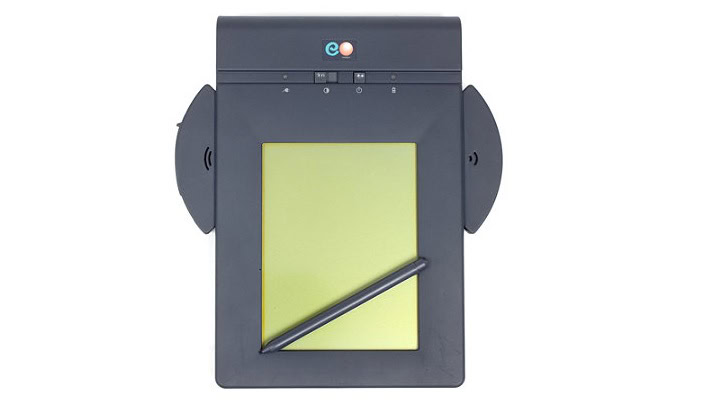
It would be a stretch to call this the first phablet, but it was being worked on around the same time as the IBM Simon and it combined a lot of the same functionality. It was effectively a phone attached to a tablet size PDA. It was also know as the PhoneWriter. AT&T was trying to create a common user interface and platform for use with these kinds of products. The term “smart phone” was apparently first used in 1995 by Pamela Savage in an article from AT&T entitled Designing a GUI for business telephone users.
Nokia 9000 Communicator
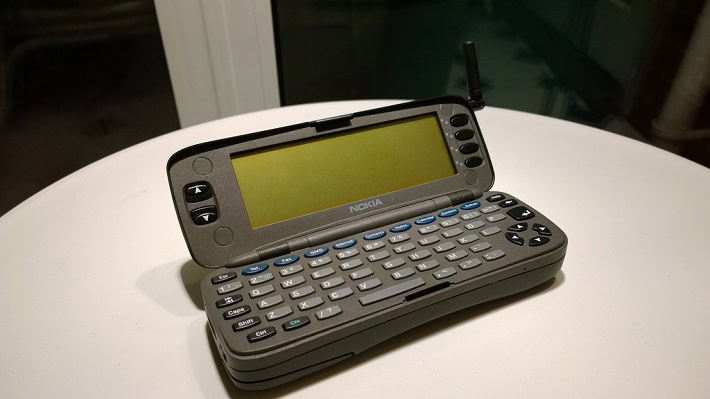
Released in 1996, the Nokia’s 9000Communicator showed real progress. It had a 24MHz processor, 8MB of storage, and it weighed 397g. It still looked like a brick, but you could flip it open to reveal a larger screen and a full physical keyboard. When closed it could used be a phone, when opened it was a PDA — it was effectively a phone attached to a PDA with a hinge. This kind of clamshell design, albeit in a refined form, remained popular for years.
It was part of Nokia’s “office in the pocket” vision and very much aimed at the business world. It added text-based web browsing to the list of features and boasted more personal organizer-style apps running on the GEOS platform. The Nokia 9000 Communicator is often credited as the first smartphone and it certainly helped the market take off.
Ericsson R380
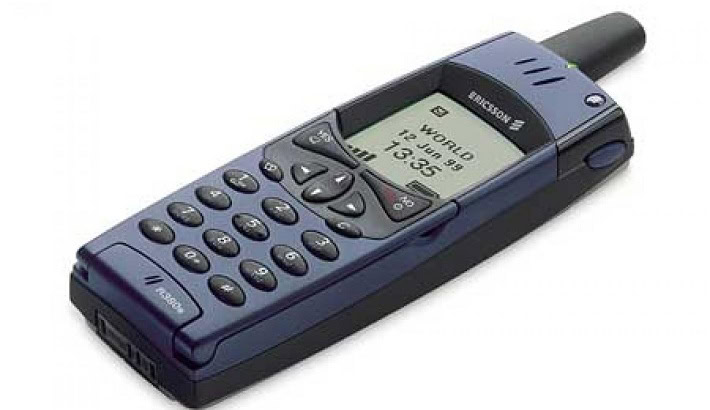
The first device that was actually marketed as a “smartphone” was Ericsson’s R380. It looked like a typical cell phone from the time, but if you flipped down the keypad it revealed a large touchscreen. It ran the EPOC operating system supporting a load of apps, syncing with Microsoft Office, and offering compatibility with PDAs. It was also capable of web browsing, text and email support, and even voice controls. It even had a game on it.
It was still very expensive, with a 1,000 euro RRP (around $900 at the time). You also couldn’t load any new apps on to it or expand the memory. It was released in 2000 and the PDA hardware and software developers were beginning to see the sense in merging with phone functionality.
BlackBerry 5810

RIM’s design, with a small screen and keyboard beneath had already been established and its two-way pager devices began with the 850, but it was a few years before the company released a real smartphone. The BlackBerry 957 was the first to actually look like a recognizable BlackBerry, but it was still just a messaging device for texting and emails, in fact Palm was perceived as the stronger platform for PDAs at the time.
The 5810 landed in 2002 and it was the first BlackBerry to merge in phone functions, although it required you to wear a headset to make and receive calls. RIM was popularizing push email through the BlackBerry line and it adopted a distinct design language, with the keyboard style giving the brand its name.
Treo 600
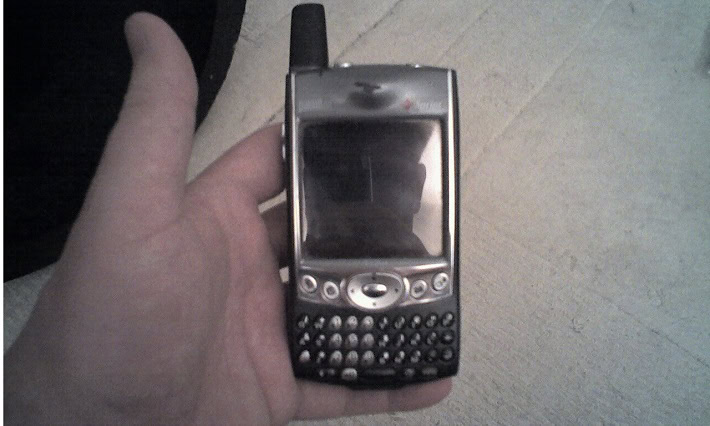
Released the same year that Treo merged with Palm, the 600 was an evolution of the phone and PDA marriage. It boasted a 144MHz processor, 32MB of RAM, and it had a color touchscreen with a 160 x 160 pixel resolution. You could expand the storage, it supported MP3 playback, and it had a digital VGA camera built-in.
It also ran the Palm OS with support for web browsing, email, calendar, and contacts. It allowed you dial directly from the contacts list and check your calendar during a call.
BlackBerry Curve 8300
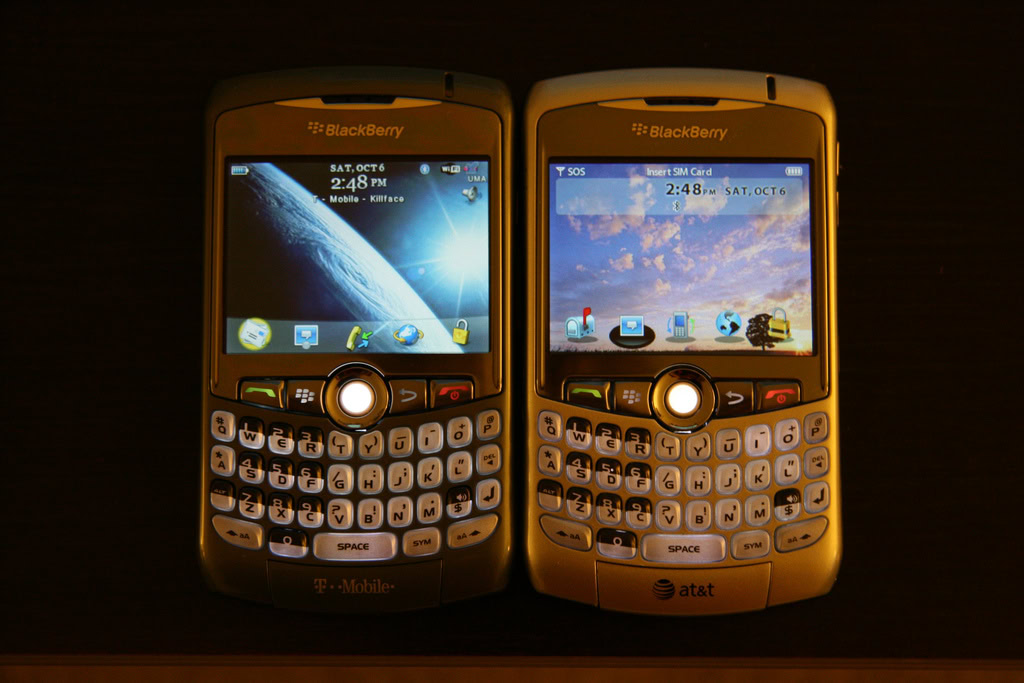
Improvements to the BlackBerry line led to better screens, the track wheel was ditched for a trackball, and the OS was improved. The brand was popular enough that the term “CrackBerry” was coined in 2006, but it was slow to move from the business world to the wider consumer market. The Curve 8300 was launched in May 2007 and it built on the increasing consumer focus.
It was a popular line, though the first model lacked Wi-Fi and GPS, both were added in follow-up variants. The Curve had everything else you’d expect to find in a modern smartphone and there was a definite shift toward multimedia support. BlackBerry would hit the 10 million subscriber mark by October of 2007.
LG Prada
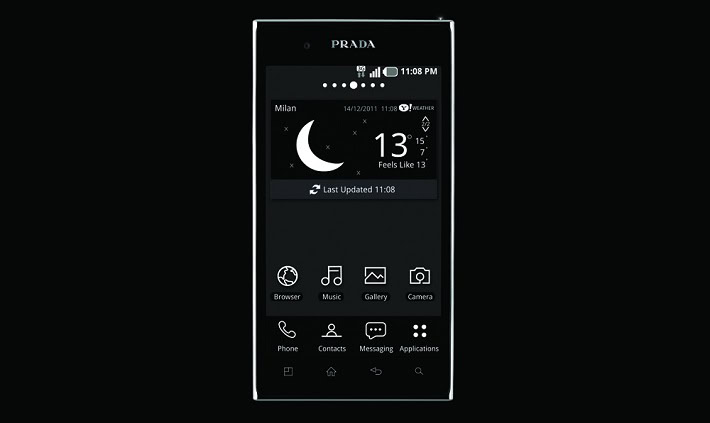
Although it wasn’t released until May 2007, images of the Prada had popped up online by the end of 2006 and it had already won a design award. It had a large capacitive touchscreen, 3 inches with a 240 x 400 pixel resolution. It had a 2MP camera, 8MB of storage (expandable to 2GB with a microSD card), and a bunch of handy apps, but it lacked 3G and Wi-Fi.
It was a fashion phone, a collaboration between LG and the Prada fashion house, and it was widely praised. It sold over 1 million units in 18 months, but another phone was about to steal its thunder. LG would later claim Apple copied the design, but it was never argued in court. Capacitive touchscreens soon became common and the candybar form factor dominates to this day.
iPhone
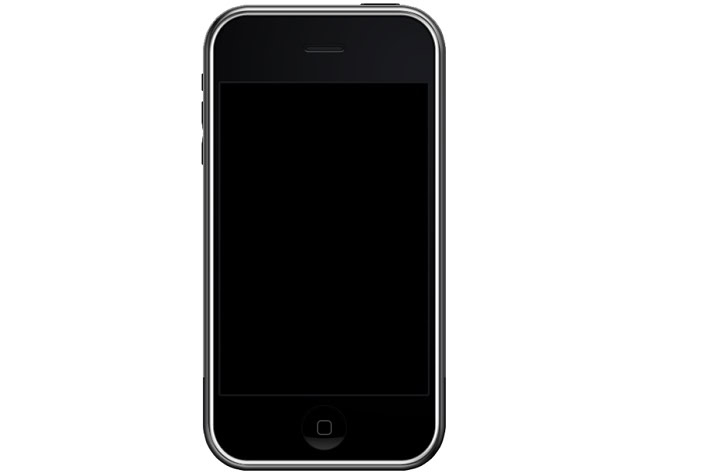
It was January 9 2007 when Jobs introduced his “three revolutionary new products” in one. The iPhone was “An iPod, a phone, an internet mobile communicator”. Google CEO, Eric Schmidt, even took to the stage to discuss Google’s involvement (Google search was built in to the Safari browser and Google Maps was there). It was released at the end of June and Apple sold 1 million of them within 74 days.
The 3.5-inch multi-touch touchscreen with a 320 x 480 pixel resolution won plenty of plaudits. It also had a 2MP camera and came in 4, 8, or 16GB storage varieties (the 4GB model was soon discontinued). There were concerns about the lack of 3G as Apple partnered with AT&T and some features, like third-party app support and MMS, didn’t come until later. But, whatever way you slice it, the iPhone was hugely influential.
BlackBerry Bold 9000
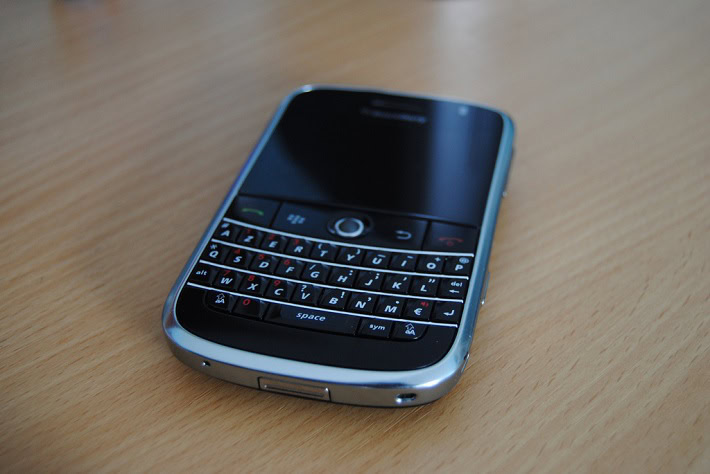
It’s easy to forget that RIM was still on the up when it released the Bold in the summer of 2008. The 2.6-inch screen impressed with its 480 x 320 pixel resolution, there was a 624MHz processor inside and it had a premium finish that appealed to the business world. It had the best physical keyboard on the smartphone market and it also supported Wi-Fi, HSDPA, and GPS.
Heading into 2009 the BlackBerry brand was riding high with 50 million subscribers. The fact that series like the Bold were so well-received may have encouraged RIM to stick with a form factor that would soon prove to be an evolutionary dead end. It took too long to make the transition to a touchscreen OS and encourage third-party apps.
HTC Dream
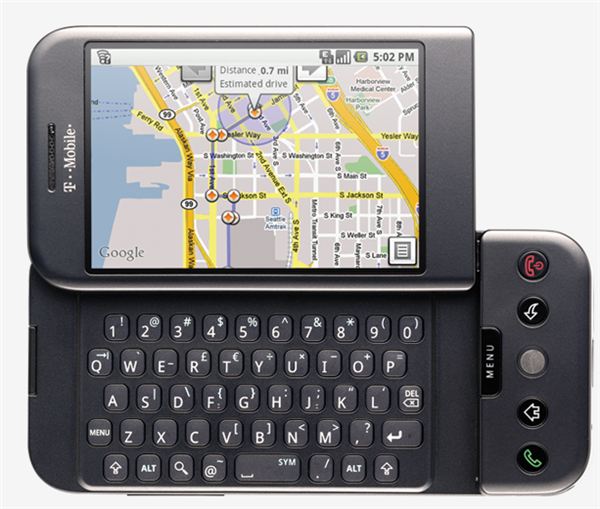
Also known as the T-Mobile G1, HTC’s Dream was the first Android smartphone and it landed in October 2008. It was long-awaited after Google formed the Open Handset Alliance and promised mobile innovation with Android almost a whole year before. The iPhone had sent designers back to the drawing board, though there were still serious doubts about relying on the touchscreen for typing, which is why the HTCDream slid open to reveal a physical keyboard.
It was early days for Android, accelerometer support for automatically rotating the screen, along with widgets and third-party keyboards, didn’t arrive until Android 1.5 Cupcake in April 2009. The hardware was solid. The HTCDream had a 528MHz processor, 192MB of RAM, a 3.15MP camera, and a 3.2-inch screen with a 320 x 480 pixel resolution. It was definitely capable of matching the iPhone on paper, but the reviews were mixed.
Motorola Droid
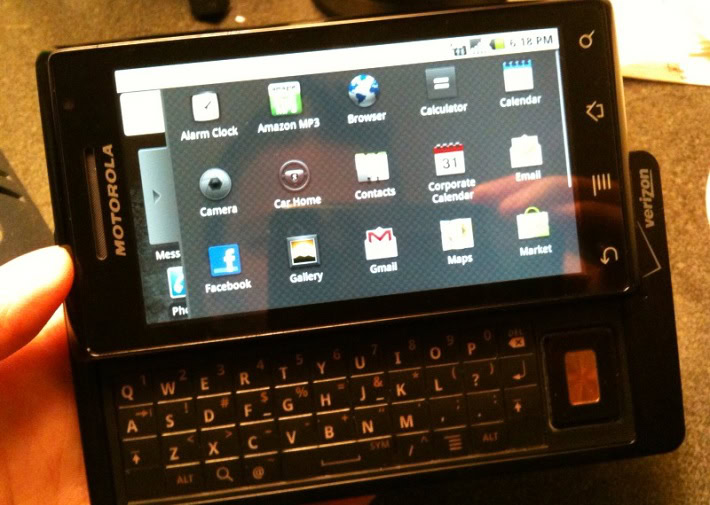
Verizon got together with Motorola to back the Android platform in a big way with the Droid Does campaign. Here was an Android smartphone that could outperform the iPhone. It was a huge hit and it sold more than a million units in the first 74 days to beat the original iPhone’s record. It had a 5MP camera, a 3.7-inch display with a resolution of 854 x 480 pixels, and it came with a 16GB microSDHC card.
It ran Android 2.0 Eclair which offered all sorts of new camera features and other bits and pieces. It boasted turn-by-turn navigation integrated with Google Maps for free. It also had a physical keyboard, a feature that was soon to become rare.
Nexus One
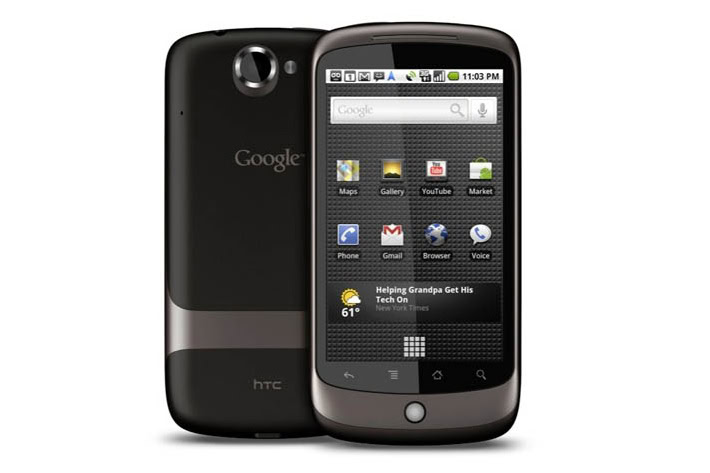
Released in January 2010, the Nexus One was not the Google phone that people had been waiting for. What was really unusual about it was the fact that Google sold it directly SIM-free as an unlocked device. It also had an unlockable bootloader, making it ideal for developers. It’s not really clear exactly what Google expected to achieve with the Nexus One, so it’s hard to judge, but it certainly influenced the market.
The hardware was solid. It didn’t have a physical keyboard, but it did have a trackball. HTCactually improved the design with the much more commercially popular HTCDesire adding a trackpad, physical buttons, and FM radio support. The establishment of the Nexus line also gave Google a conduit to create hardware to run its Android software.
iPhone 4
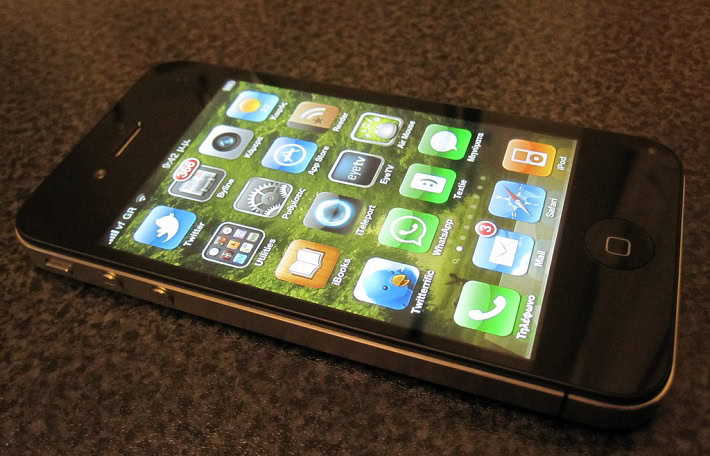
Launched the same month as the Palm Pre, in June 2009, the iPhone 3GS had sold 1 million over its first weekend. Apple introduced third-party apps with iOS 2 in 2008, iOS 3 brought copy and paste, Spotlight search, and a host of other features. The iPhone 3G had brought 3G support and GPS, the 3GS was faster, with a better camera, and voice controls. There had been a steady improvement, but the iPhone 4 represented a redesign. It landed in summer 2010.
There was a 3.5-inch 960 x 640 resolution display, which Apple called “Retina”, the A4 chip, a 5MP camera, and iOS 4 which brought multitasking and FaceTime. The iPhone 4 was also the first iPhone to have a front-facing camera, it introduced a gyroscope to complement the accelerometer, and it had a second microphone for noise cancellation.
The slim, premium design, with its stainless steel frame and glass back, was widely praised, despite antennagate, and Apple managed to sell 1.7 million of them in the first three days. It was also significant because it marked the end of AT&T exclusivity in the States.
Samsung Galaxy S
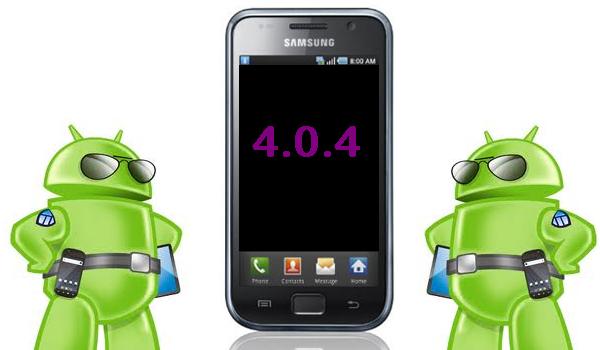
It was with the Galaxy S line that Samsung kicked off a real race to produce the best hardware. This was a device with a 1GHz processor and a 4-inch Super AMOLED display with a resolution of 800 x 480 pixels. It also had a 5MP camera and excellent multimedia support, it was the first DivX HD certified Android phone.
Samsung bent over backwards to satisfy the carriers, producing more than 24 variants of the original Galaxy S. It would go on to sell more than 25 million units and spawn the most successful Android smartphone series so far. Apple would later claim that Samsung had copied its design.
Motorola Atrix
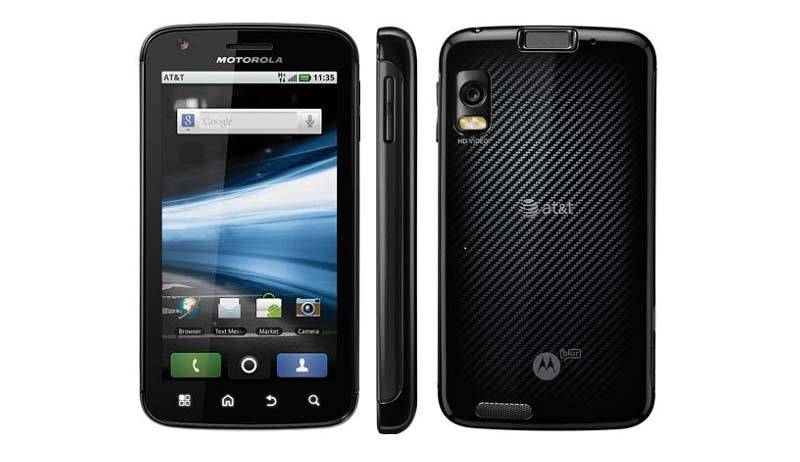
It was a flop commercially, but the Motorola Atrix was an important smartphone for a number of reasons. Released in early 2011, it boasted a 4-inch qHD display with a resolution of 960 x 540 pixels. It also had a massive (at the time) 1930mAh battery, not to mention the 5MP camera and 16GB of storage.
The reason the Atrix made the headlines was its innovative Webtop platform which allowed it to act as the brain for a laptop dock accessory, an HD multimedia dock, and a vehicle dock. It was an interesting idea, but it wasn’t brilliantly executed and the accessories were far too expensive. People forget that the Atrix also had a fingerprint scanner. It even supported 4G (HSPA+). It was an impressively forward-thinking device that didn’t quite hit the mark.
Samsung Galaxy Note
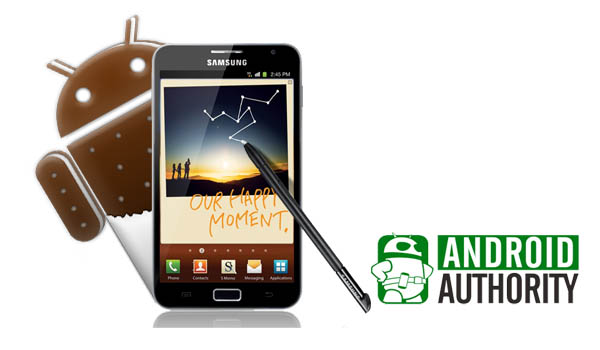
Although the 5.3-inch display of the original Note no longer sounds all that big, it was considered huge at the time (October 2011). Samsung’s first phablet spawned a whole new category of smartphones and it surprised everyone by selling more than 10 million Notes in the first year. A phone/tablet hybrid with a stylus was apparently the device lots of people had been waiting for.
Samsung kept this market almost to itself with the Note’s sequels for a number of years. LG tried a couple of phablet devices and so did HTC, but the iPhone 6 Plus and the Nexus 6 look like its first serious competition. The wider trend of larger screens continues unabated.
Samsung Galaxy S3
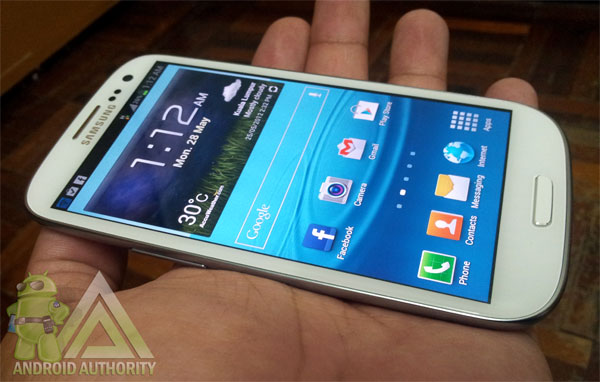
The Samsung Galaxy S2 was a really impressive release that boasted awesome hardware specs and brought MHL and NFC to the party, but the Galaxy S3 was Samsung’s most successful smartphone ever. It would sell more than 50 million units. It was slim, with a beautiful rounded design that marked a real departure for Samsung.
It had a 1.4GHz quad-core processor, 1GB of RAM (2GB in some markets), 16, 32 or 64GB of storage with a microSD card slot to expand, an 8MP camera with a 1.9MP front-facing camera, a gorgeous 4.8-inch Super AMOLED with a 1280 x 720 pixel resolution, and support for everything under the sun.
It was the first Android smartphone to consistently outrank the iPhone in polls at the time. It also had genuinely innovative software features from Samsung like eye-tracking and support for various gestures. The Galaxy S3 was Samsung’s high point and everybody had to raise their game after that.
Nexus 4
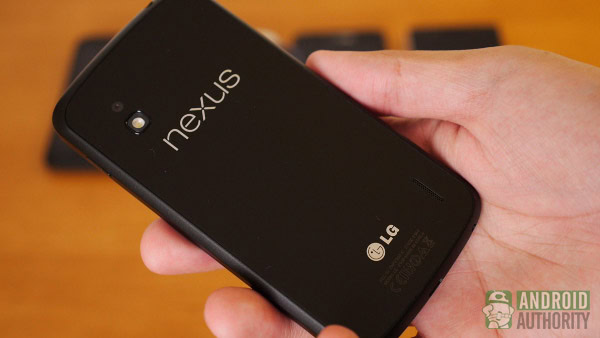
The product of a partnership between LG and Google, the Nexus 4 delivered a premium glass-backed design with great specs including a 1.5GHz processor, 2GB of RAM, an 8MP camera, and a 4.7-inch display with a 1280 x 768 pixel resolution. Despite impressive build quality and flagship specs, the Nexus 4 went on sale for just $299.
You would expect to pay nearer $600 for a device like this, so it really stirred up the market and introduced more pressure on prices. It was released in November 2012 and less than a year later Google dropped another $100 off the price. The Nexus 4 ushered in the possibility of flagship phones at affordable prices and allowed people to bypass the carriers and their two-year contract subsidies.
What’s next?
The Moto X introduced the idea of an always listening smartphone, ready to respond to its master voice. Sony’s Xperia Z has made waterproofing mainstream. The iPhone 5S introduced a refined fingerprint system in Touch ID. The Moto G and OnePlus One have redefined expectations for prices in their respective categories. The Galaxy Edge may be about to usher in a whole new world of interesting designs with flexible displays.
We’ll have to wait and see about the influence of the last couple of years worth of phones. What do you predict will join the list? Is there anything missing? Post a comment and tell us.